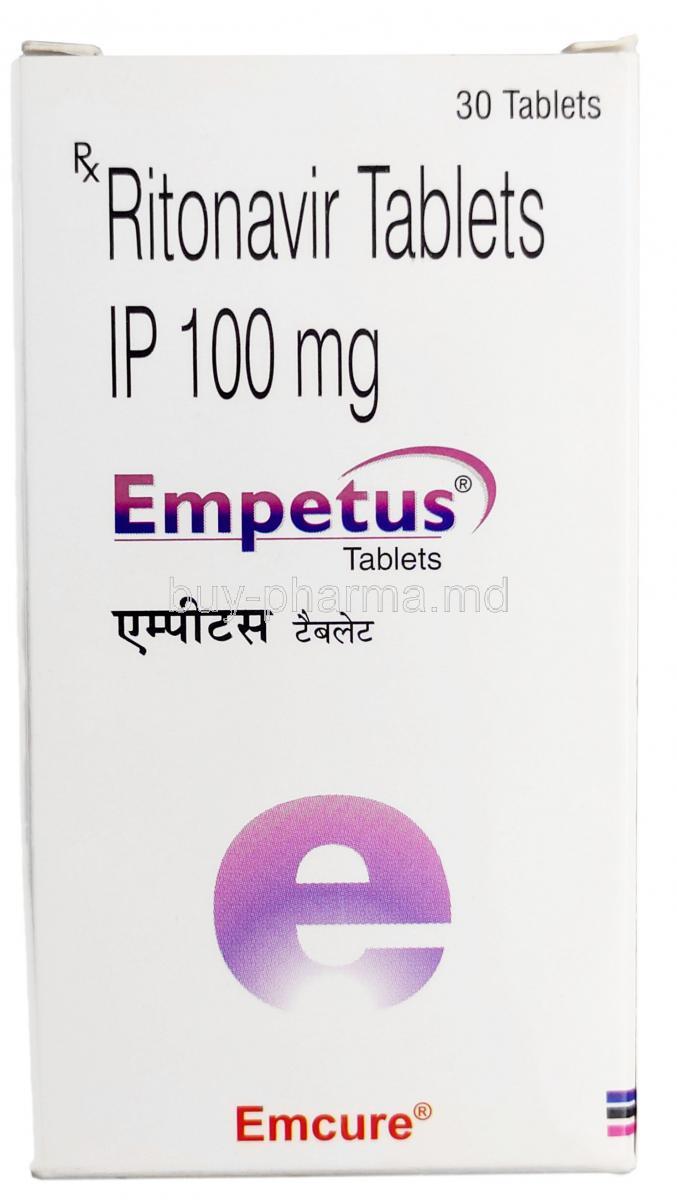Ritonavir
- I. Introduction
- II. Composition
- III. Uses
- IV. Off-Label Use
- V. How It Works
- VI. Dosage and Administration
- VII. Side Effects
- VIII. Common Side Effects
- IX. Interaction
- X. Warning
- XI. Contraindication
- XII. Careful Administration
- XIII. Important Precautions
- XIV. Administration to Elderly
- XV. Administration to Pregnant Women and Nursing Mothers
- XVI. Administration to Children
- XVII. Overdosage
- XVIII. Storage
- XIX. Handling Precautions
I. Introduction
Ritonavir, a drug in the treatment of HIV is explored thoroughly in this article. With its uses and intricate way of working, Ritonavir has become a crucial part of HIV treatment since the early 1990s. By blocking the HIV 1 protease enzyme, it plays a key role in antiretroviral therapy. This piece aims to delve into aspects of Ritonavir, covering everything from its chemical makeup to how it is used in real-world clinical settings, including both approved and unofficial applications.
II. Composition
Ritonavir's structure is built with a backbone specifically crafted to attach to the HIV 1 protease enzyme, preventing the virus from developing and reproducing. Ritonavir comes in forms like tablets and oral solutions catering to a wide range of patient requirements and choices, making it easily accessible to many people.

III. Uses
Ritonavir, sold under the brand name Norvir, is an antiretroviral medication used in combination with other drugs to treat HIV/AIDS. This combination treatment, known as highly active antiretroviral therapy (HAART), is crucial for managing HIV infection. Ritonavir primarily functions as a protease inhibitor, but its primary role now is to boost the potency of other protease inhibitors1.
IV. Off-Label Use
While initially intended for treating HIV, Ritonavir's unique pharmacokinetic characteristics have opened up opportunities for uses like addressing specific viral infections and cancers through its enzyme-blocking effects. Ongoing thorough investigations and medical studies are active. Validating these unconventional applications often leads to discussions among healthcare professionals about their effectiveness and safety concerns.
V. How It Works
Ritonavir works by attaching to the HIV 1 protease enzyme, which is vital for the virus to mature. This action stops the enzyme from breaking down polyproteins, resulting in the creation of immature and noninfectious viral particles. Additionally, Ritonavir plays a role in improving the effectiveness of other antiretroviral medications, making it an essential part of combined treatment plans.
VI. Dosage and Administration
The dosage of Ritonavir is carefully adjusted based on each patient's characteristics, such as age, weight, and existing health conditions. It aims to maximize effectiveness while minimizing any negative impacts. Healthcare professionals need to follow instructions when prescribing Ritonavir, especially for patients with kidney or liver issues, to modify dosages appropriately and guarantee safe use.
VII. Side Effects
The range of effects associated with Ritonavir varies from mild and temporary symptoms to more serious possibly life threatening responses. Although usual side effects consist of feeling sick and experiencing diarrhea, the medication can also trigger issues like liver damage and inflammation of the pancreas. It is crucial to take a stance in handling these side effects by making necessary dosage changes and providing supportive care to ensure patients well being and commitment, to treatment.

VIII. Common Side Effects
The list of adverse reactions linked to Ritonavir, while usually controllable, requires careful supervision.
These may involve issues, high lipid levels, and insulin resistance. In comparison, the range of side effects of Ritonavir aligns with those of protease inhibitors, albeit with the special attention needed due to its enzyme-blocking characteristics.

IX. Interaction
Ritonavirs broad range of interactions requires attention to other medications to prevent dangerous drug interactions. Its impact on P450 enzymes can significantly change how co-administered drugs work, leading to the need for dosage adjustments or different treatment options. It's also important to manage interactions with food, drinks, and herbal supplements to maintain treatment effectiveness and patient safety.
X. Warning
Ritonavir is accompanied by warnings, such as black box alerts that emphasize the possibility of severe liver damage and the danger of potentially fatal interactions with other medications. The development of resistance to the drug is still an issue requiring careful monitoring of patients and strict adherence to treatment plans. Healthcare providers need to implement strategies to manage these risks effectively, guaranteeing that Ritonavir remains effective in its role within medical treatment.
XI. Contraindication
There are reasons why Ritonavir should not be used, including both absolute and conditional situations.
- Absolute reasons involve having a known sensitivity to Ritonavir or any of its parts.
- Conditional reasons require evaluation of the balance between benefits and risks in patients with existing health issues like liver disease or heart problems.
It is crucial to take steps in patients with specific medical conditions to anticipate and prevent possible negative reactions.
XII. Careful Administration
When giving Ritonavir it's crucial to be careful with groups at higher risk.
- The guidelines emphasize the need for Modifying doses according to each patient's needs.
- Taking care of certain groups like older adults, children, and those with liver or kidney issues.
- Keeping an eye, on things to catch and handle any negative effects or medication interactions early on.
XIII. Important Precautions
It's really important to take steps to manage any potential side effects and interactions when dealing with patients who are taking Ritonavir. Making sure patients stick to their treatment plan is key because it has an impact, on how well the treatment works and the chances of developing resistance. Patients and healthcare professionals need to work closely to steer clear of substances that could cause problems and make sure Ritonavir is used safely.
XIV. Administration to Elderly
The elderly need care when taking Ritonavir, including adjusting doses and closely monitoring any changes in their body due to aging. It's important to assess how safe and effective Ritonavir is for older people to make sure the advantages outweigh any potential risks. Keeping an eye on side effects is crucial, to keeping elderly patients healthy during their treatment.
XV. Administration to Pregnant Women and Nursing Mothers
The use of Ritonavir during pregnancy and breastfeeding involves a balance between safety and effectiveness. Evidence-based recommendations suggest Evaluating the safety profile of Ritonavir in women and nursing mothers with special attention to reducing risks to fetal and newborn health.
- Consider treatment choices and perform a thorough risk evaluation to assist in treatment decisions.
- The primary objective is to safeguard the well-being of both the mother and baby, emphasizing the importance of care plans and informed medical decisions.
XVI. Administration to Children
When giving Ritonavir to kids it's crucial to consider their characteristics for how the medicine works in their bodies. The dosing guidelines for children are carefully set up to make sure the medicine is effective but safe, aiming for the results while keeping the child's well-being in mind. Things like age, weight, and where they are in their development all play a part in deciding how much of the medicine they should get. Studies on safety and effectiveness highlight how important it is to have versions of the medicine that are right for different ages, like tasty liquids and tablets that dissolve easily, made specifically for kids.
XVII. Overdosage
In case of an overdose of Ritonavir, the signs and symptoms can vary in intensity, requiring efficient treatment methods. The indications typically mirror the drug effects on the body, with liver damage and metabolic imbalances being risks. Immediate steps involve providing care and utilizing antidotes, if possible, to counteract the drug impact. Continued care may include monitoring for any lasting issues and addressing them, highlighting the importance of an approach to managing an overdose.
XVIII. Storage
Storing Ritonavir correctly is crucial to keep it effective and safe. The drug's stability relies on following guidelines, such as maintaining the right temperature and shielding it from light and moisture. Instructions on how to handle and dispose of it are given to reduce the chances of contact and environmental pollution. The expiration dates of Ritonavir items are clearly stated, ensuring that patients and healthcare professionals are aware of how the drug remains usable.
XIX. Handling Precautions
To safely handle Ritonavir, it's important for patients and healthcare providers to follow the recommended protocols. It's crucial to take precautions to avoid contamination and exposure, especially when working with forms of the medication. Proper disposal of Ritonavir should be done following environmental health regulations to prevent any drug residue from affecting the environment or community. These measures play a role in managing antiretroviral therapy responsibly, protecting both personal and public health.













